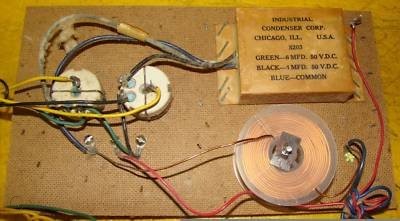Interesting to get the inside story and rings true with something I was reading on rechargeable batteries some time ago
I don't know how many battery technologies are affected but certainly at least one uses a sintered electrode - so like a sponge. Over time, breaks appear in the sintered matrix so that bits of the electrode become disconnected, so the mAhr rating falls - a full charge last a shorter time. In many uses, it is mechanical damage that causes the disconnections.
That much I picked up from someone working on one (or more) battery technologies, probably at one of the UK universities, who was interviewed on something like "Inside Science" on R4, maybe 2-3-4 years back. If I remember correctly, he was, amongst other things, no doubt, looking at ways to try and reconnect the isolated bits of electrode, but memory..............................
Leakage in electrolytic Ta cap's is down to imperfections in the dielectric, which is tantalum pentoxide. Even though very, very pure tantalum powder is used, it will never be 100.000% and it will pick up contaminants during processing - no Ta cap' factory is clean beyond normal house-keeping standards. These imperfections wil allow current to pass. MnO2 is a semi-conductor, which helps in the design, in part because this means it is not especially mobile, so does not migrate to the flaws in the dielectric. Any conducting (ionic) contamination, will migrate and cause leakage.
I was once given two new encapsulation resin samples to test. Both worked fine and batches of cap's went to test. There were two standard tests - HAST and DHSS. HAST I cannot remember the meaning of but DHSS is damp heat, steady state. The results for HAST came back absolutely brilliant for both resins. But one had dreadful leakage on DHSS.
I asked the supplier to go back to see if they could idenify a mobile conducting species in the dud, which they thought very unlikely to begin with, but their chemists did eventually find one, and eliminated it. It was probably there in ppm.




